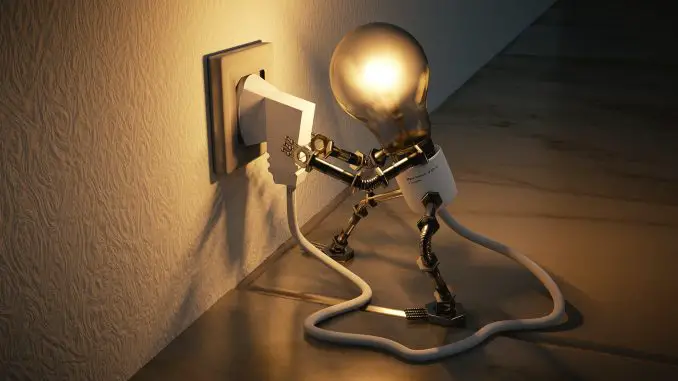
Tips for lowering their electricity consumption?
Electricity is a cost, both in your household budget and for the environment. Therefore, there are all reasons in the world to try to keep electricity consumption down. Here you will find tips on how to do it.
Think about the whole when you want to implement electricity savings. An old freezer box can be a great energy thief, while a half-old one may still not draw so much that it is worth replacing it with a new one. Also consider your habits. Do you turn off lights? Do you take a long shower? Do you fill the dishwasher and washing machine? Everything matters in the long run.
warming
What usually demands the most electricity in the home is the heat. Here are some ways to reduce costs:
Lower the temperature. Maybe it is possible to lower the room temperature in general without having to sacrifice comfort? One degree lower indoor temperature can reduce electricity consumption by about five percent. Also, the rooms that are rarely used need not be heated as much.
Replace heating system. For example, supplement your direct-acting electrical elements with an air heat pump.
Insulate more. Supplemental insulation of walls and ceilings is a common measure and old windows are great energy thieves. However, be aware that older houses without ventilation systems need leaks for self-sufficiency to occur. It is therefore important that insulation work is carried out in consultation with a specialist.
The hot water
Saving on hot water has a great effect on electricity consumption. Even those who have free access to hot water via district heating should think about the good environmental effects of holding down the supply. Showering instead of bathing and not letting the hot water run on and run unnecessarily are basic tips.
ENERGY LABELING. Electrically powered appliances often have an energy label that helps you to choose electricity-smart.
Always look at the energy label when you buy new appliances, televisions, lamps or other electrical appliances. It gives you information on how energy efficient an appliance is. Energy labeling is a European standard that is monitored by test institutes. More and more groups of electrical appliances are being forced to report their energy efficiency. High values here also usually mean that the apparatus is of relatively good quality.
On older electrical appliances, standby functions should be avoided. In the past, for example, it was a major problem that televisions, for example, drew large amounts of power even though they were turned off. On modern products, this is generally no longer a major problem.
The lights
Today, the lamps are significantly more energy-efficient than they were a few decades ago. The so-called LED technology is constantly evolving and the lamps are getting cheaper. It is therefore only in exceptional cases that you cannot use an LED lamp to save energy.
However, an extinguished lamp always saves more electricity than a light, so be careful not to leave the lamps on unnecessarily and to extinguish lamps in rooms that are not used. Having timer on outdoor and indoor lighting as well as installing motion detectors instead of lamp buttons can also be a way to save electricity and lower electricity bills.
Consulting
You can get free energy advice through the municipality, government or from the internet. Therefore, if you want to address your electricity consumption, you can contact the municipality or search online for “energy advice”.
Leave a Reply